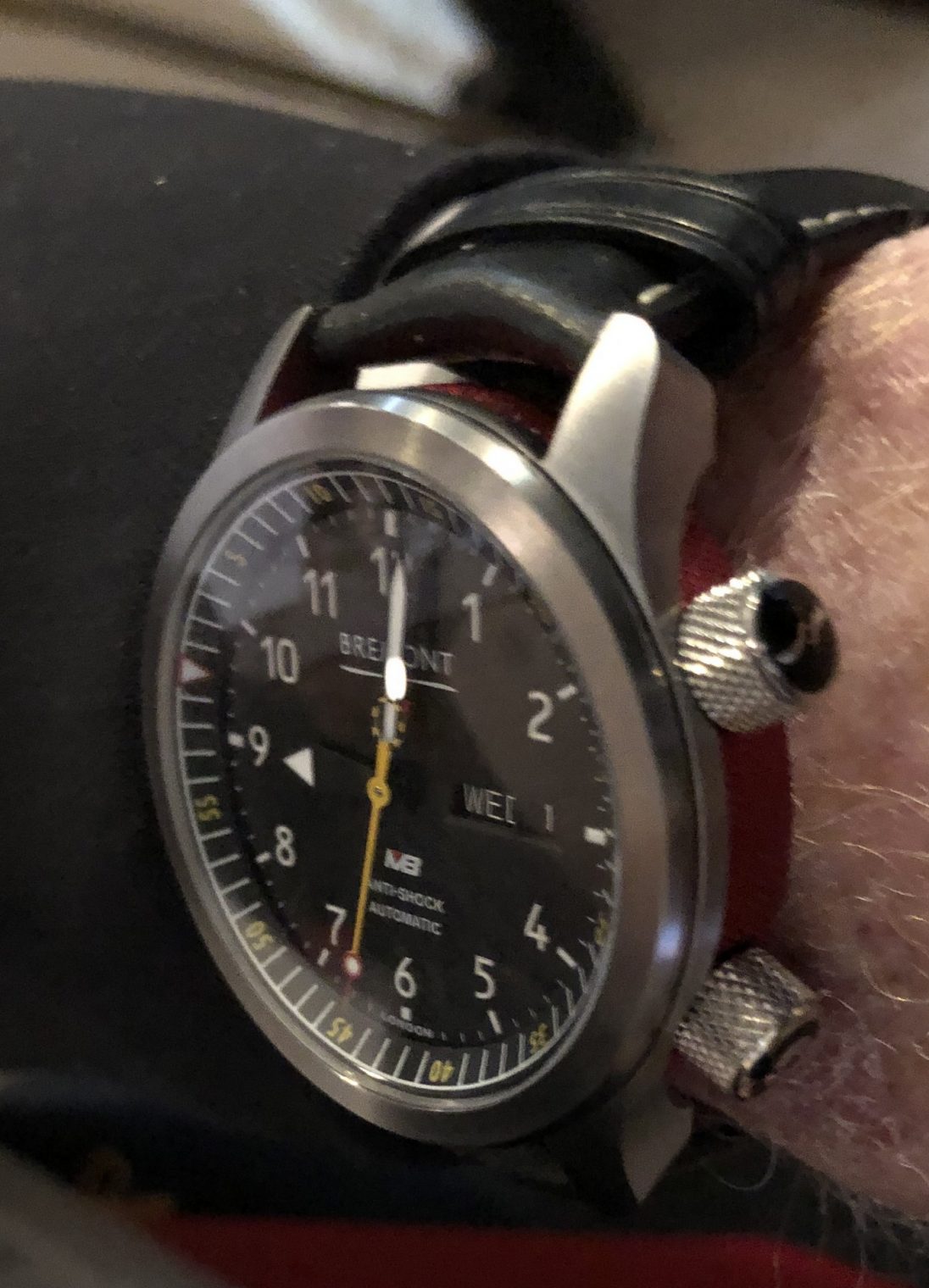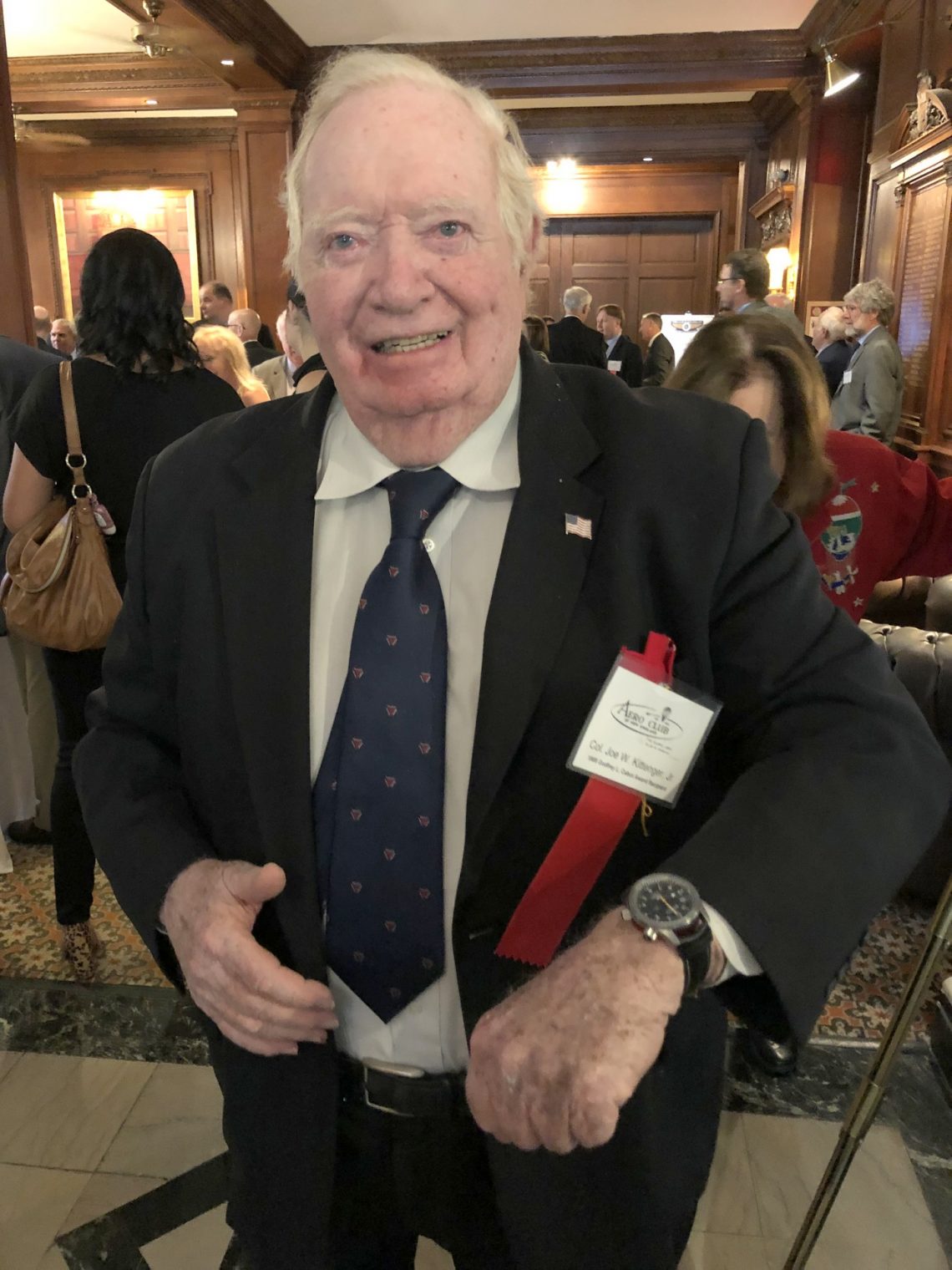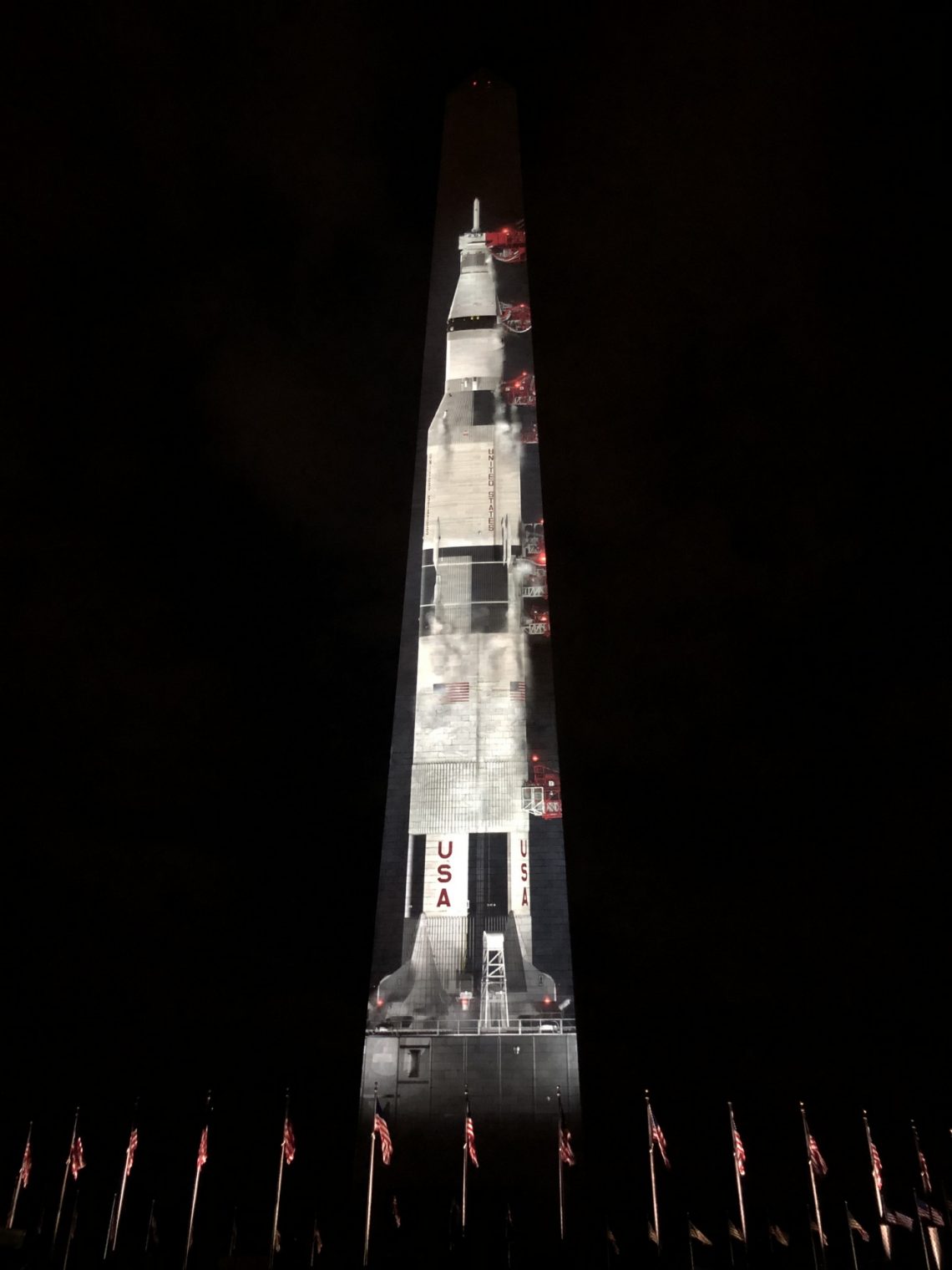38 hours nonstop from Guam to Florida…
… and that was just a test flight for a trip over both the South and North Poles in a four-seat piston-engine airplane.
One of the most interesting talks at Oshkosh this year was by Bill Harrelson, who flew around the world in Dec 2014/Jan 2015. The 28.3-day trip was in a Lancair IV, loaded to 1.5X its design gross weight. An AOPA story about the trip notes that he was 64 years old at the time. (Best story about the trip seems to be in Harrelson’s hometown paper.)
Harrelson noted that any airplane can carry more fuel. The problem is typically that the center of gravity (CG) will go too far aft and too high, both of which are bad for stability. Regulators such as the FAA typically limit transoceanic flights to 30 percent over the max gross weight. “The manufacturer sets max gross and max aft CG,” noted Harrelson. “Since I was the manufacturer, I could never be illegal, only stupid.”
The best that could be hoped for was five hours of hand flying at the start of each full fuel leg. After that, the autopilot was generally powerful enough to take over the still-somewhat-unstable airplane. However, during the flight to the South Pole, an autopilot servo suffered a mechanical failure right at the Pole, necessitating 12 hours of hand flying back to South America.
After learning about these epic trips in a four-seat plane that had been turned into a one-seater with 8 extra bladder tanks occupying three seats, can we reasonably complain about a 7-hour trip back from Europe in economy? Where we can get up, walk around, and use the restroom at any time?
At the other end of the pilot age spectrum here at Oshkosh is Riley Speidel, a 14-year-old from Maine trained to fly gliders and motor gliders by her airline pilot/CFI father. She made it across the U.S. as pilot in command of a Pipistrel Sinus (story in Oshkosh Northwestern). It is something of a loophole that 14-year-olds can get certificates to solo gliders at 14 whereas 16 is the age minimum for soloing a single-engine land airplane (e.g., Piper, Cessna, or Cirrus) that has a similar configuration to a motor glider. Ms. Speidel will have to wait until her 16th birthday to get a Private certificate and carry passengers, 17th birthday for adding a single-engine land or helicopter rating.
The Speidels did not violate what might be described as the spirit of the regulation. Gliders are ordinarily flown locally so the FAA presumably did not expect soloing 14-year-olds to make weather-related decisions as a plane progressed across multiple states. Riley’s father Jake flew behind her and was thus able to monitor his soloing student/daughter continuously. It was a 9-day trip for Riley Speidel, with no weather delays (compare to a typical 4.5-day journey coast-to-coast in a Robinson R44 helicopter).
Full post, including comments





